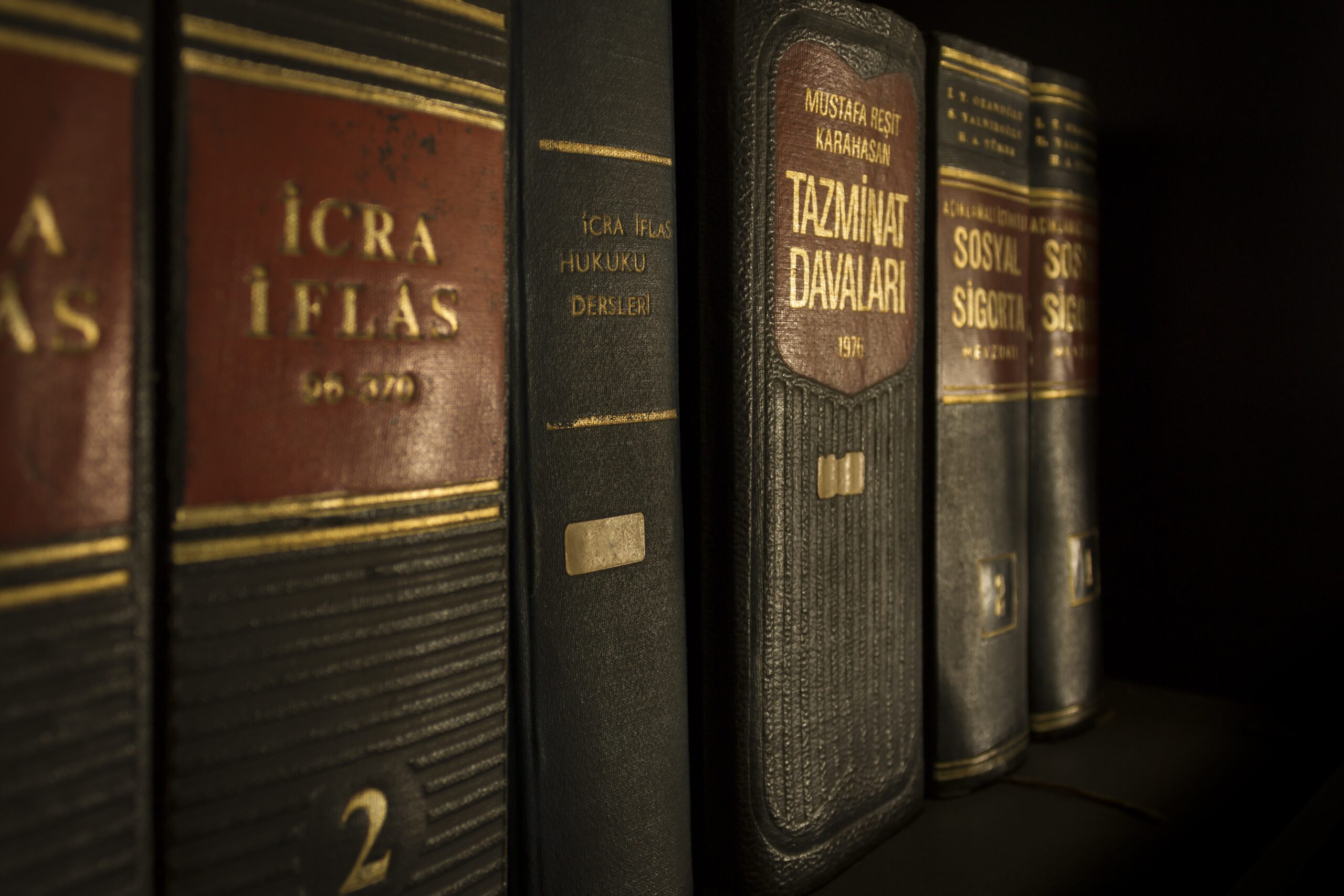The United States court system is one of the busiest in the world. With a population of over 330 million people, the country faces a significant demand for legal services, leading to an overwhelming backlog of cases. The busy American courts have significant implications for both the legal system and the citizens they serve.
One of the main reasons for the high volume of cases in American courts is the prevalence of litigation. Americans are known for their tendency to sue, and the country has a more litigious culture than many other nations. This culture of litigation leads to an increasing number of civil lawsuits, which can take years to resolve. Additionally, criminal cases, including drug-related offenses and white-collar crimes, contribute to the overall backlog.
Another contributing factor is the underfunding of the court system. Although the federal government provides some financial support, the majority of the funding comes from state and local governments. These funding sources have experienced cuts in recent years, resulting in the reduction of court staff and the closure of courts in some areas. The underfunding has also led to inadequate technology and outdated procedures, which make it harder to manage cases and increase efficiency.
The pandemic has also put a strain on the already busy court system. The closure of courts and social distancing requirements have slowed the pace of court proceedings. The shift to virtual courtrooms has also posed some challenges, including technical difficulties, reduced transparency, and limited access to justice for those without reliable internet access.
The consequences of a busy court system are significant. First, the delays in court proceedings can have a significant impact on the lives of the parties involved. Legal issues, such as custody battles, divorce, and personal injury claims, can take years to resolve, causing emotional and financial stress for those involved. Second, the backlog of cases makes it harder for the courts to handle new cases, which can lead to further delays and exacerbate the problem. Third, the increased workload and the slow pace of the legal system can lead to burnout and dissatisfaction among judges and court staff, which can negatively impact the quality of justice.
To address the issue of busy courts, several measures can be taken. One solution is to increase funding for the court system to improve efficiency and reduce delays. Technology upgrades, including case management software and virtual courtrooms, can also help streamline court proceedings. Additionally, implementing alternative dispute resolution mechanisms, such as mediation and arbitration, can reduce the number of cases that go to trial and free up resources for more complex cases.
In conclusion, the busy American courts pose a significant challenge for the legal system and the citizens they serve. The issue of backlog and delays can have significant impacts on the lives of individuals and on society as a whole. It is crucial that steps be taken to address the root causes of the problem and improve the efficiency of the court system to ensure that justice is served in a timely and effective manner.


